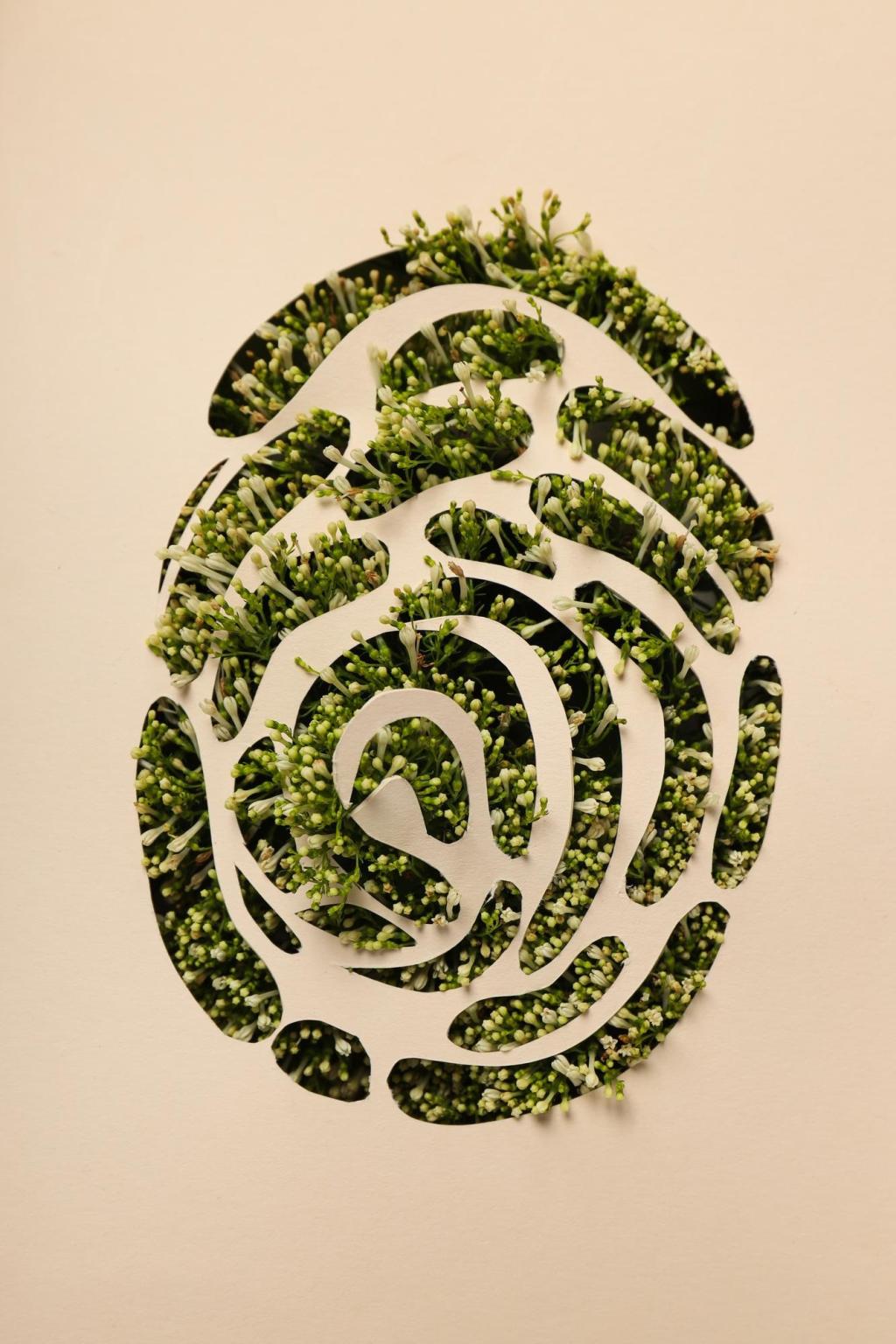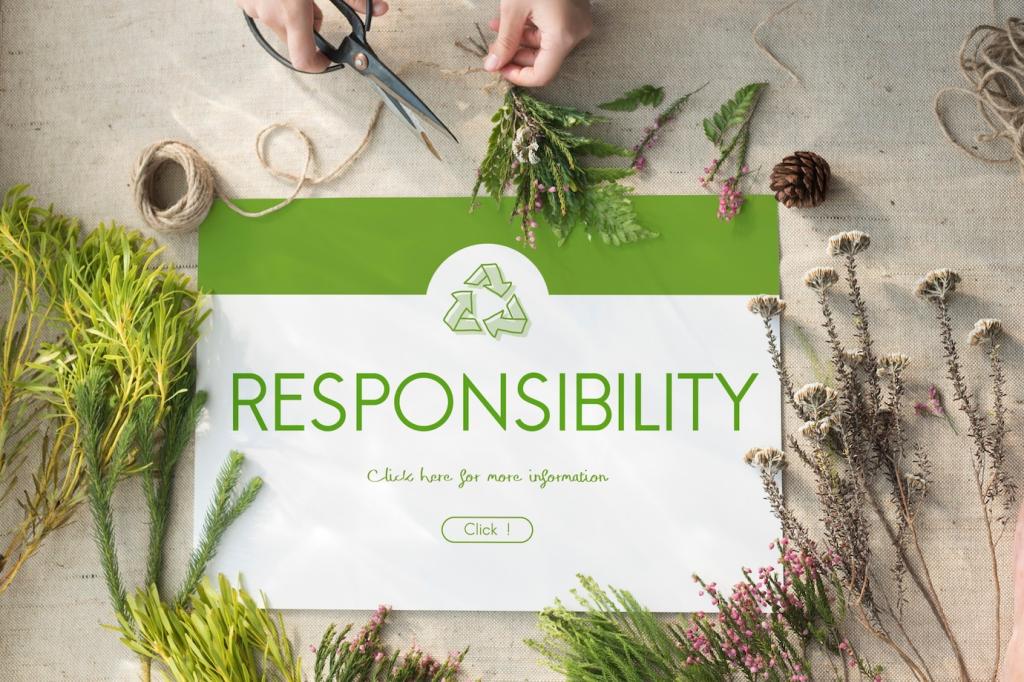Furniture and Decor in the Circular Loop
For offices or staging, furniture leasing avoids short-lived purchases. Pilot pieces before committing, then keep only what truly fits. This approach reduces churn, supports consistent aesthetics, and prevents warehouses of unused chairs gathering dust.
Furniture and Decor in the Circular Loop
A client’s heirloom sofa gained new foam, springs, and a robust wool fabric, extending its life by decades. The refreshed piece anchored the living room, saved money, and prevented bulky waste from entering the municipal stream.



